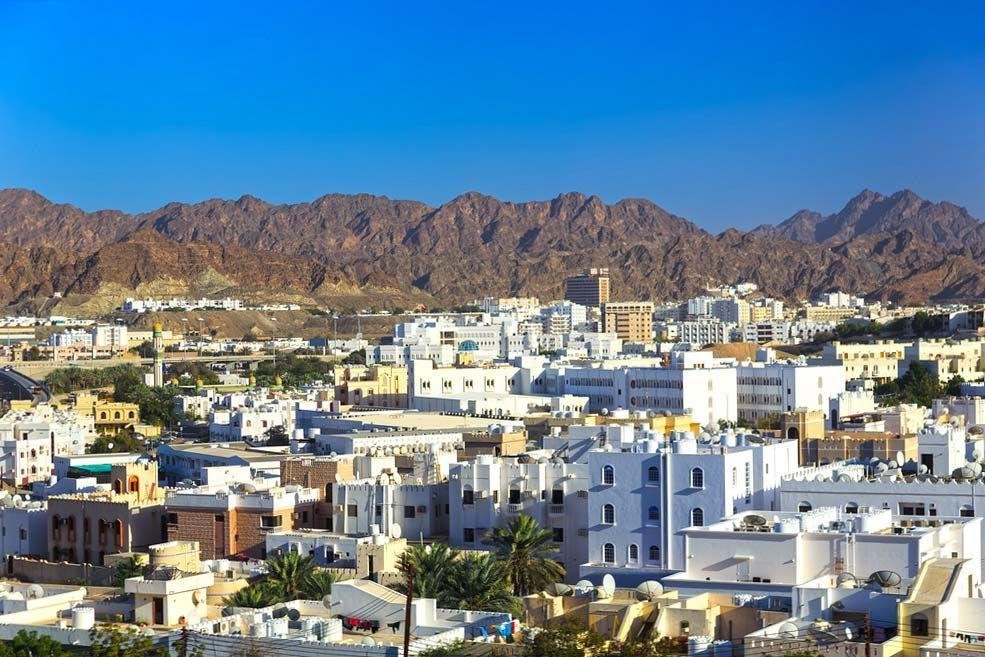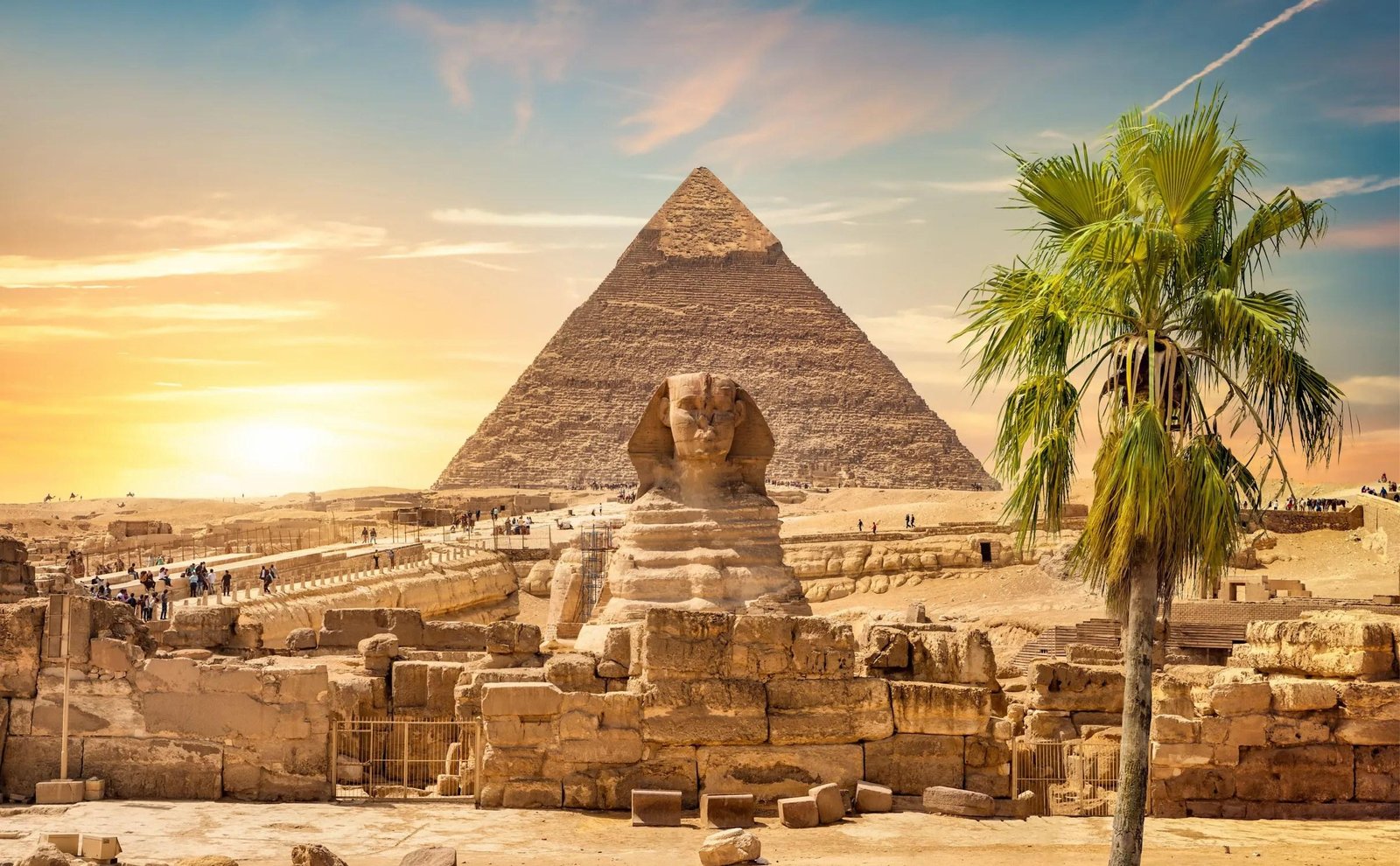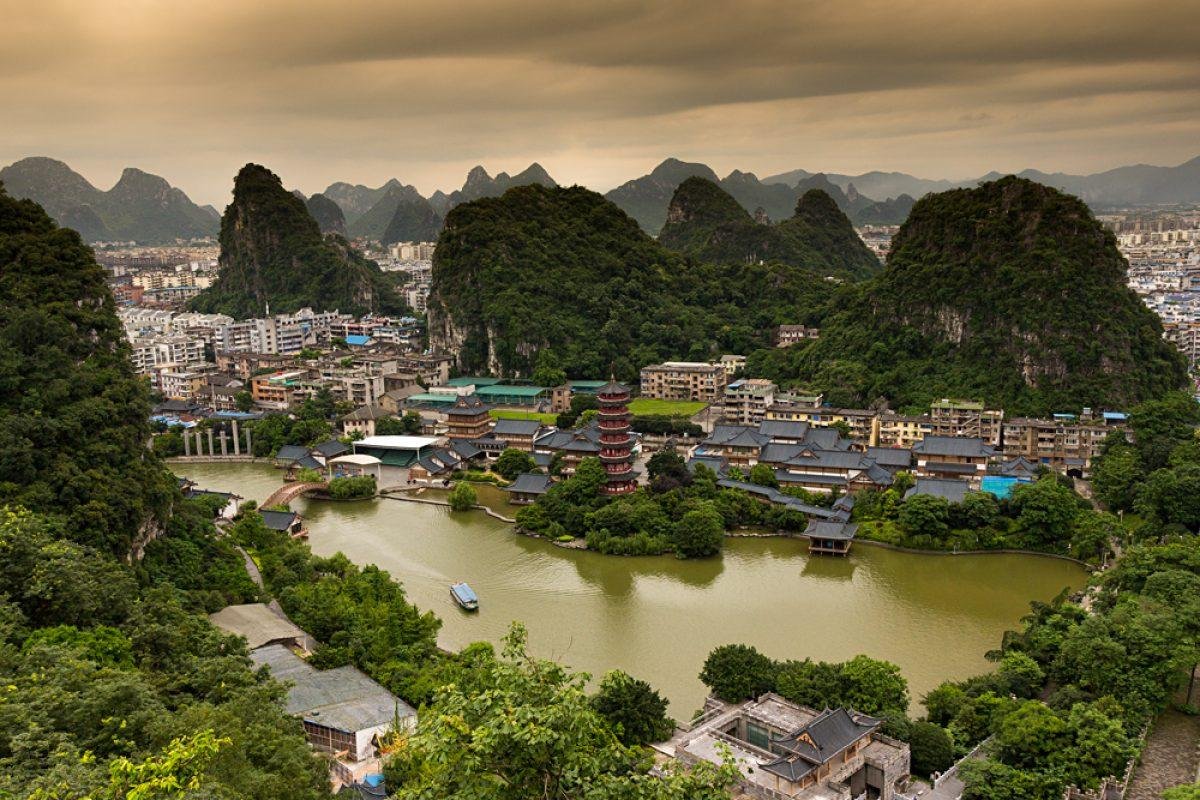Muscat, the capital city of Oman, is a captivating blend of traditional Arabian architecture and modern design, reflecti...
The Architectural Splendor of Marrakech, Morocco
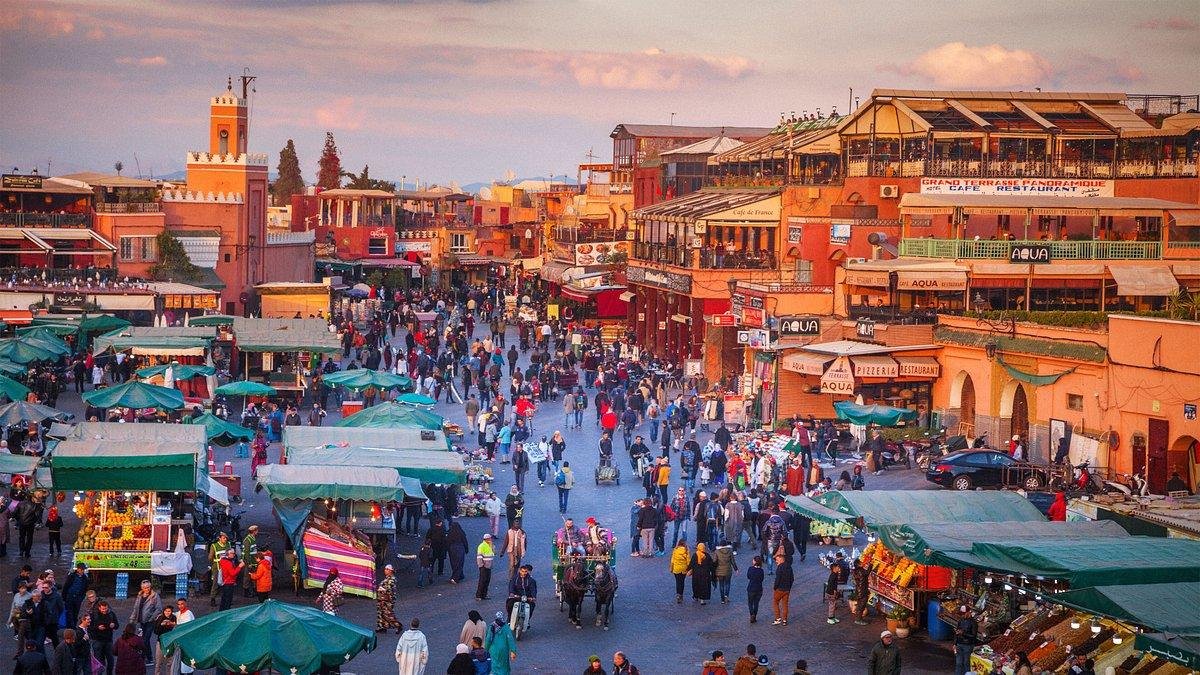
Marrakech, one of Morocco’s most iconic cities, is a vibrant tapestry of architectural styles that reflect its rich history and cultural diversity. Founded in the 11th century, Marrakech has been shaped by various dynasties, each leaving an indelible mark on the city’s architectural landscape. The mix of traditional Moroccan design, Islamic influences, and modern elements creates a unique environment that captivates visitors.
At the heart of Marrakech lies the historic medina, a UNESCO World Heritage site characterized by its narrow winding streets and bustling souks. The medina is home to numerous architectural gems, including the Koutoubia Mosque, the largest mosque in Marrakech. Completed in the 12th century, its impressive minaret stands at 77 meters and is adorned with intricate geometric patterns. The mosque’s design is a prime example of Almohad architecture, showcasing the religious significance of the structure while contributing to the city’s skyline.
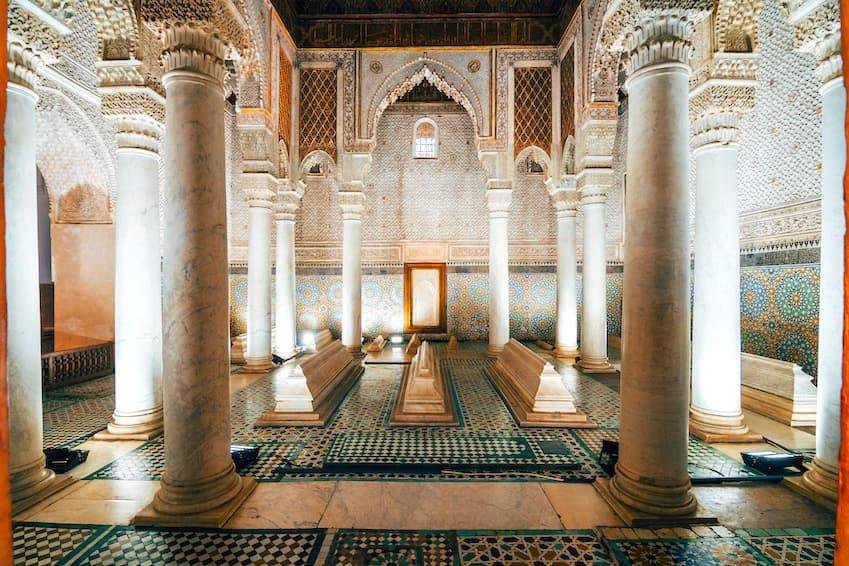
Another remarkable architectural feat is the Saadian Tombs, which date back to the 16th century. Hidden for centuries, these tombs were rediscovered in 1917 and are renowned for their exquisite decoration. The intricate tile work, marble columns, and detailed stucco carvings exemplify the artistry of the Saadian dynasty. The site is a serene oasis, inviting visitors to reflect on the rich history of the royal family.
The Bahia Palace, built in the late 19th century, is another architectural highlight. This sprawling palace complex features lush gardens, intricate mosaics, and stunning courtyards. The architecture reflects the grandeur of Moroccan design, with an emphasis on symmetry and harmony. The palace was designed to showcase the wealth and power of the ruling elite, and its beauty continues to enchant visitors today.
Marrakech is also famous for its riads, traditional Moroccan houses built around central courtyards. These homes are characterized by their intricate tile work, carved wooden ceilings, and lush gardens. The riad’s design promotes natural ventilation and light, creating a tranquil atmosphere amidst the bustling city. Many riads have been transformed into boutique hotels, offering visitors a glimpse into traditional Moroccan living.
The architecture of Marrakech is further enriched by its vibrant marketplaces, or souks. Each souk is dedicated to a specific craft, and the intricate shopfronts reflect the artistry of local artisans. The souks are a feast for the senses, with colorful textiles, handcrafted pottery, and fragrant spices lining the narrow alleys. The architecture of these markets plays a vital role in creating an immersive shopping experience, inviting visitors to explore and discover the city’s rich cultural heritage.
The medina is also home to the famous Jemaa el-Fnaa square, a lively gathering place that showcases the dynamic atmosphere of Marrakech. Surrounded by cafes and street performers, the square is a UNESCO Masterpiece of the Oral and Intangible Heritage of Humanity. The architecture surrounding the square is a mix of traditional and modern designs, reflecting the city’s evolving identity while maintaining its historical roots.
As Marrakech has grown, modern architecture has begun to emerge alongside its historic structures. The city is home to several contemporary hotels and resorts that blend modern design with traditional Moroccan elements. The Selman Marrakech, for example, features luxurious accommodations surrounded by stunning gardens and pools. The design incorporates traditional materials, such as tadelakt plaster and zellige tiles, creating a seamless connection between the old and the new.

The Marrakech Menara Airport is another example of modern architectural innovation. Opened in 2016, the airport features a striking design that incorporates traditional Moroccan motifs. The building’s façade is adorned with intricate patterns inspired by local craftsmanship, while the interior emphasizes spaciousness and natural light. This modern gateway to the city reflects Marrakech’s commitment to enhancing its infrastructure while honoring its cultural heritage.
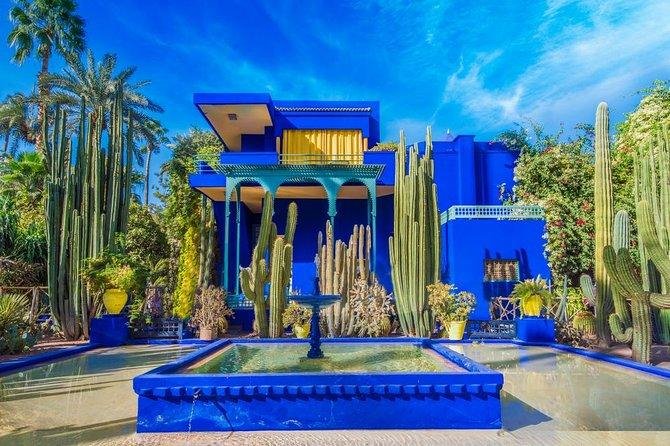
Marrakech is also known for its stunning gardens, which play an essential role in the city’s architectural landscape. The Majorelle Garden, designed by French painter Jacques Majorelle in the 1920s, features vibrant blue buildings, exotic plants, and tranquil water features. The garden’s design reflects the influence of Art Deco and Islamic architecture, creating a serene escape from the bustling city. Today, the garden is owned by the Yves Saint Laurent Foundation and serves as a tribute to the designer’s love for Marrakech.
The architecture of Marrakech is deeply intertwined with its cultural practices and social life. The Moroccan tradition of hospitality is reflected in the design of public spaces, where locals and visitors come together to share meals, stories, and experiences. The city’s cafes and restaurants often feature open-air seating, inviting guests to enjoy the vibrant atmosphere while savoring traditional Moroccan cuisine.
Cultural festivals also play a significant role in showcasing Marrakech’s architectural heritage. The Marrakech International Film Festival, held annually, transforms the city into a hub of creativity and artistic expression. The event features screenings in unique venues, including historic palaces and outdoor spaces, highlighting the architectural diversity of the city while celebrating the art of cinema.
As Marrakech continues to evolve, the preservation of its architectural heritage remains a priority. Local authorities and cultural organizations work tirelessly to restore and maintain historic buildings, ensuring that future generations can appreciate the city’s rich history. The balance between modernization and preservation is crucial for maintaining Marrakech’s unique character and charm.
In conclusion, the architecture of Marrakech, Morocco, is a captivating blend of historical influences and modern innovation. From the stunning Koutoubia Mosque and the ornate Saadian Tombs to the lush gardens of the Majorelle Garden and the contemporary designs of luxury hotels, the city showcases a diverse array of architectural styles that reflect its rich cultural heritage and dynamic evolution. The intricate details of the Bahia Palace, the vibrant souks, and the lively Jemaa el-Fnaa square all contribute to the unique character of this enchanting city.
As visitors explore the architectural wonders of Marrakech, they are transported through centuries of history, experiencing the layers of culture that have shaped this vibrant metropolis. Each building tells a story, revealing the aspirations and achievements of the people who have called Marrakech home throughout the ages. With its stunning architecture and lively atmosphere, Marrakech continues to captivate the hearts of all who visit, inviting them to discover the rich narratives woven into its urban landscape. The seamless integration of tradition and modernity ensures that Marrakech remains a fascinating destination for those seeking to experience the beauty and complexity of its architectural heritage.
Share:

